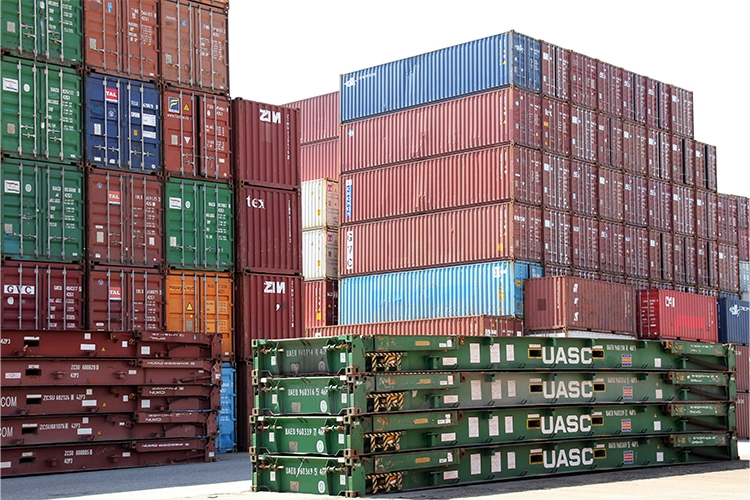By Ronnie Adcock, senior vice president and Darin N. Miller, national marine manager
While the marine industry is not historically known for being early adopters of new equipment or processes, market needs and business circumstances have come together to highlight one innovation worth keeping an eye on: collapsible shipping containers.
A costly challenge
One factor contributing to and exacerbating the current supply chain crisis is the sheer number of containers on ships or at ports, on trains or in rail yards, and on trucks or at shipping terminals. What some people often don’t realize is that many of these containers have already been unloaded. As they sit empty, they take up valuable space awaiting return transportation across the country or the ocean before being loaded again.
It’s estimated that hundreds of millions of empty containers will pass through the world’s ports this year — contributing to many of the existing logjams and occupying the limited space around which loading and unloading take place. Often left sitting for weeks, these empty containers create delays for the ships moored off the coast waiting their turn to dock, unload, reload and make their way back to the open waters.
The financial impact of these cargo containers sitting empty must also be considered. To get these boxes of air to places where they can again be loaded costs the industry billions — taking up precious space that could otherwise be filled with containers full of long-awaited frozen foods, electronics, automotive parts or apparel.
An innovative solution
Could a foldable design be the answer? While collapsible containers are not yet widely adopted or mass produced — and are often met with some resistance attributed to higher upfront costs — this approach could be the future. After all, shipping container design has remained relatively unchanged for nearly five decades when the International Maritime Association made the move to standardize them. By introducing foldable units, the technology could save space on cargo ships and potentially, cut long-term costs.
What’s next?
The pandemic and resulting supply chain crunch have encouraged some industry forerunners to take notice of these foldable, accordion-style designs. Although there is still much to consider in relation to their performance and effectiveness, how they may impact underwriting and loss prevention measures, as well as addressing any security concerns. As the new year unfolds, our marine experts will continue to gain more insight on emerging trends like this one. Collapsible containers are only the beginning. For more information about our marine solutions, contact [email protected] and [email protected].

